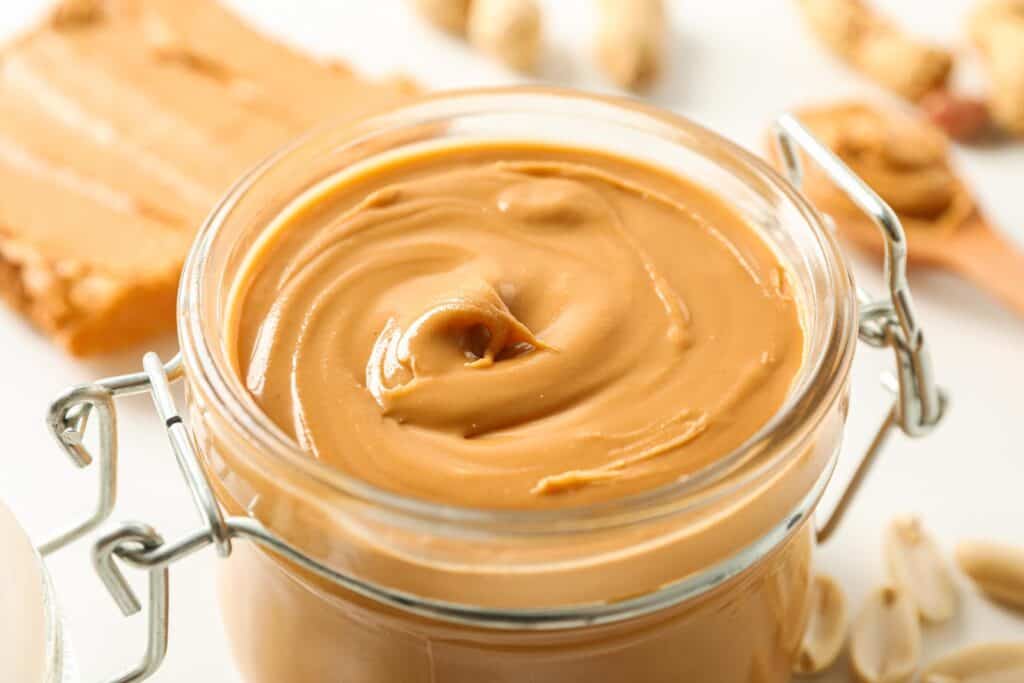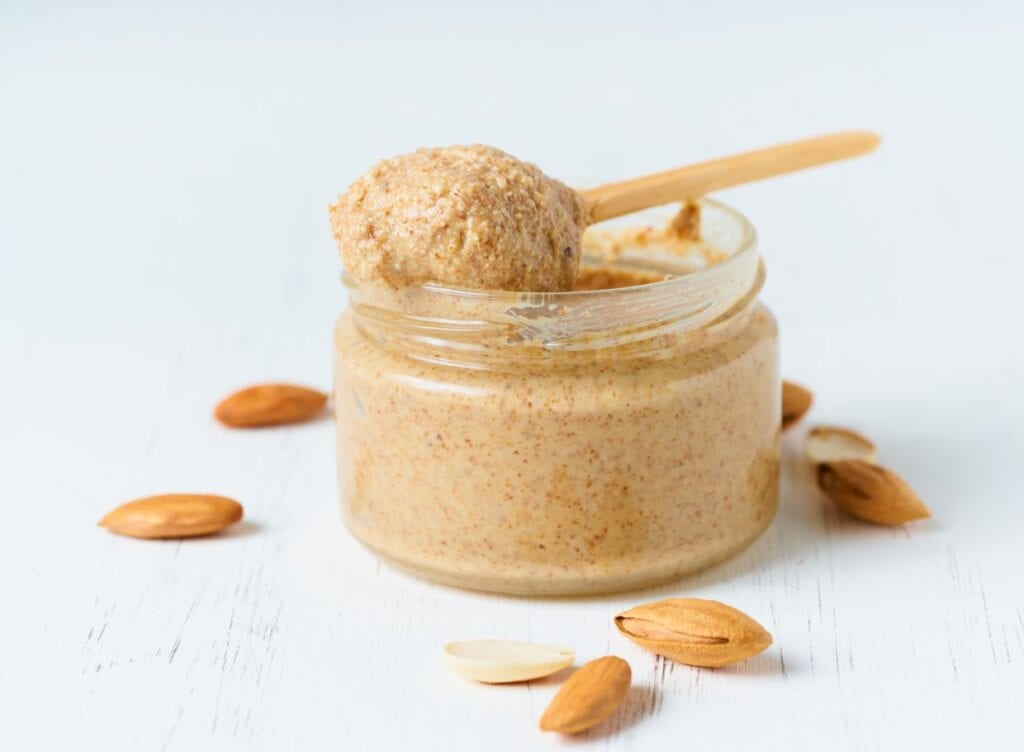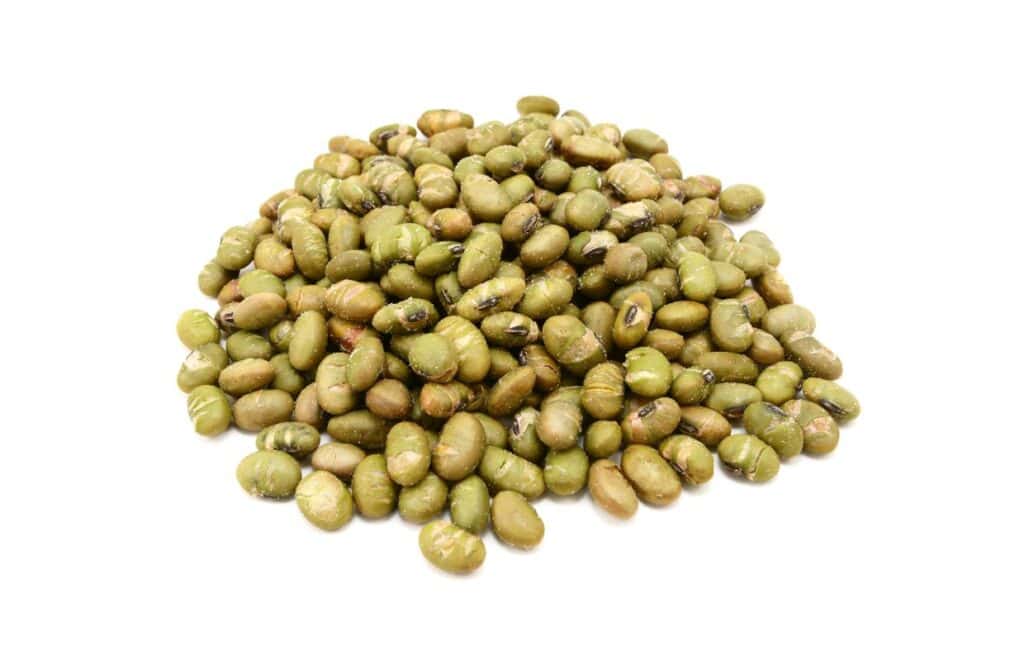Peanut butter adds richness and texture to many baked goods. What happens when peanut allergies or a lack of pantry essentials get in the way of your baking plans? Luckily, plenty of peanut butter substitutes will get you back to baking in no time.

This article explores a variety of options, from classic nut butter to more unique options like maple butter and soy nut butter. Each substitute has its own taste and texture, allowing you to find the perfect match for whatever you are baking.
Why you need peanut butter
Peanut butter gives certain qualities to baked goods, desserts and savory dishes. Here are some reasons why peanut butter is needed:
- It binds ingredients together.
- Peanut butter enhances the overall flavor of baked goods like cookies and breads.
- It adds nutritional value to baked goods because it is packed with protein, healthy fats and nutrients.
- Peanut butter can be used as a thickening agent in soups, stews and chilis.
- It adds a nutty flavor to sweet and savory dishes.
Why you may need a peanut butter substitute
Peanut allergies are the most common reason home bakers need an alternative to peanut butter. If you are baking or cooking for someone who is allergic to peanuts but not other nuts, any of the nut butter options below will work. When baking for someone who is allergic to all nuts, make sure to choose a non-nut butter alternative.
If you want a slightly different flavor or texture, any of the peanut butter substitutes below are great choices. If you are out of peanut butter but have other choices in your pantry or fridge, skip the trip to the store and use one of the substitutes listed.
Common peanut butter substitutes
Remember that peanut butter substitutes can change the texture, flavor or consistency of a recipe. Having the exact ingredient a recipe calls for is ideal, but it’s not always possible due to allergies, dietary restrictions or not having it on hand. In such cases, these options are great choices. You can use any of these substitutes in a one-to-one ratio to replace peanut butter.
Almond butter

Almond butter is made from ground almonds and is the most popular choice for replacing peanut butter in baking, cooking and eating. It is thicker than peanut butter and has a grittier texture. Because of this, baked goods may have a different texture, too.
Cashew butter
Cashew butter is milder and sweeter in flavor but slightly creamier than peanut butter. Because it is creamier, it works well in sauces and dressings. Cashews are softer than peanuts, so it is not as strong of a binder as peanut butter. It works well in savory dishes because it adds creaminess without too much flavor.
Hazelnut butter
Hazelnut butter has a higher fat content than peanut butter but is lower in calories. It is available in sweetened, unsweetened, salted and unsalted varieties. Hazelnut butter has a slightly sweet taste, so it works well in parfaits, smoothies, desserts and other sweet treats.
Brazil nut butter
Brazil nut butter is similar in look and texture to peanut butter but much less sweet. Some people say it tastes like coconut. Brazil nut butter can be used in muffins, cakes and cookies. It also makes a great topping on a crumble or pie.
Macadamia nut butter
Macadamia nut butter has a sweet, nutty taste and a creamy consistency. It is more expensive than other nut butter, so it’s best in recipes that call for small quantities. Macadamia nut butter works best in baked goods, smoothies, marinades and sauces.
Tahini

Tahini is a nut-free alternative made from ground sesame seeds combined with oil and salt. You can use it as a spread on sandwiches or as a peanut butter substitute in sauces and dressings.
Sunflower seed butter
Sunflower seed butter is made from ground sunflower seeds and has a similar texture and creaminess to peanut butter. It works well in baked goods as well as a spread for crackers, bread, fruit and vegetables.
“I have peanut and tree nut allergies, so SunButter, especially the no-sugar-added variety, is a staple in my kitchen. It’s a one-to-one substitute for almond butter and peanut butter, which means I can use it wherever I’d normally use a nut-based spread.”
— Sara Nelson, Real Balanced
Coconut butter
Coconut butter is made by grinding the meat of the coconut and combining it with salt and sugar. It has a somewhat distinct taste, so make sure the coconut flavor works well with whatever you make. Coconut butter works well in yogurt, smoothies and oatmeal.
Soy nut butter
Soy nut butter is made from ground and roasted soybeans. It has a neutral flavor and takes on the flavor of whatever it is combined with. It works well in baked goods and as a spread.
Pumpkin seed butter
Pumpkin seed butter, or pepita butter, has a similar texture and taste to peanut butter. It works best as a spread, in smoothies or as a dip for apples and other fruits.
Maple butter
Maple butter is very sweet and made from real maple syrup. It works best in baked goods and other sweet treats. Maple butter has a strong maple flavor, which might impact the flavor of your dish.
Powdered peanut butter
Powdered peanut butter is made from real peanuts that have been dehydrated with some of the fatty oils removed. It works best in smoothies and shakes. When using it in sauces and dressings, you will have to add a little water first. Check the label to see how much water is recommended.
Final thoughts
When using a peanut butter substitute, it’s important to remember that the recipe may not turn out exactly like the original. Follow the directions above carefully, and although the texture and flavor may be slightly different than when using peanut butter, these substitutes work well.
Heidi is a Certified Elementary School Teacher in the Inland Northwest and has been teaching for 17 years. She is also a vintage recipe blogger at Real Life of Lulu, where she focuses on recipes that are at least 50 years old, many from her grandparents’ kitchens. When she isn’t teaching or baking, she loves spending time with her husband and three kids.
